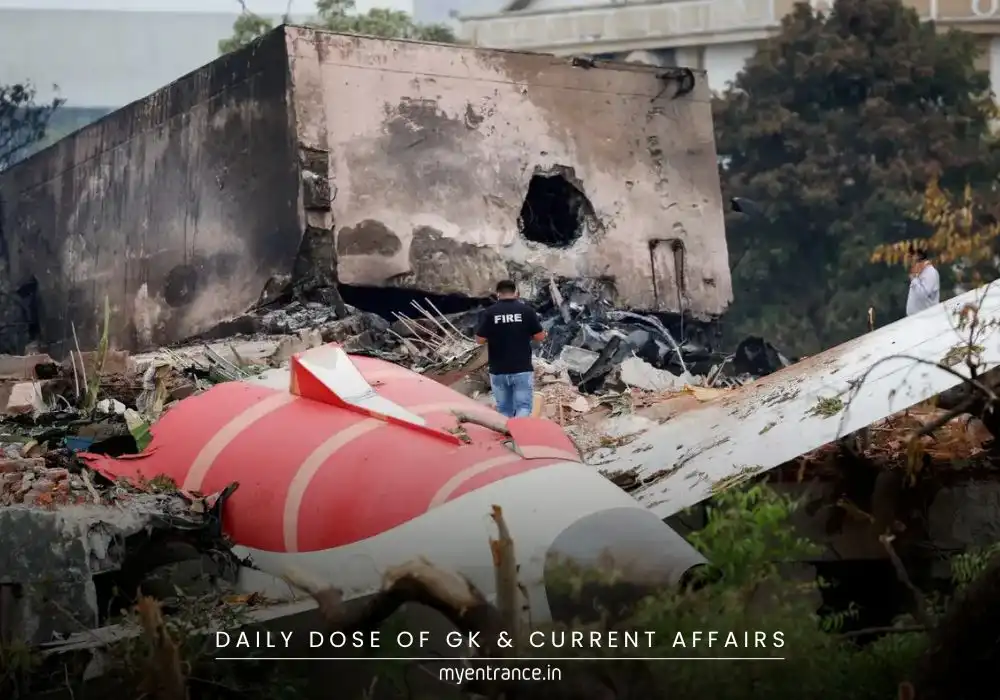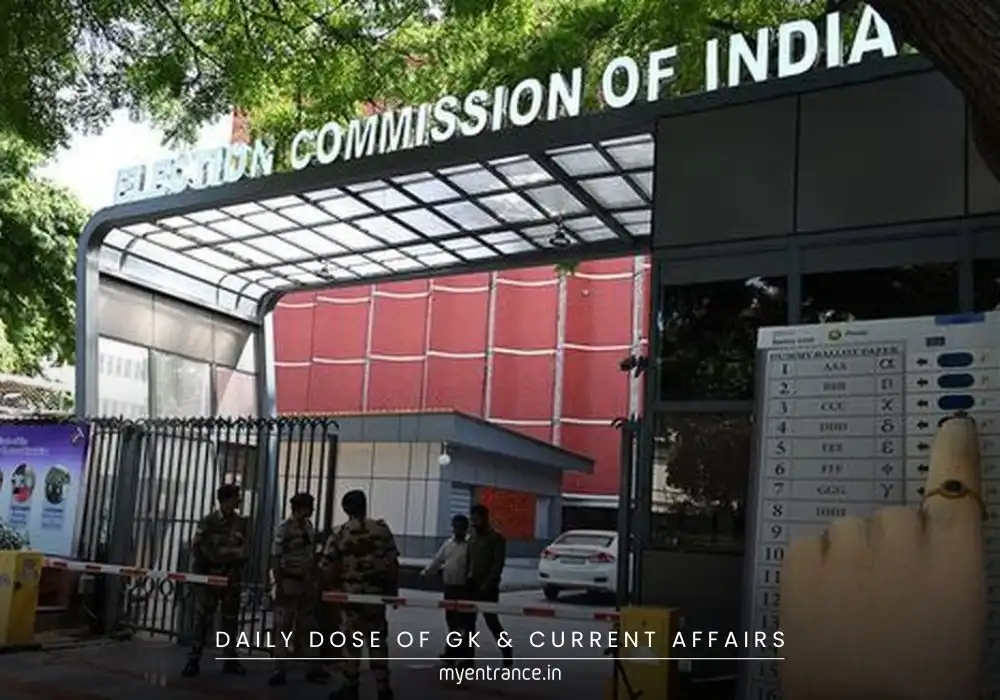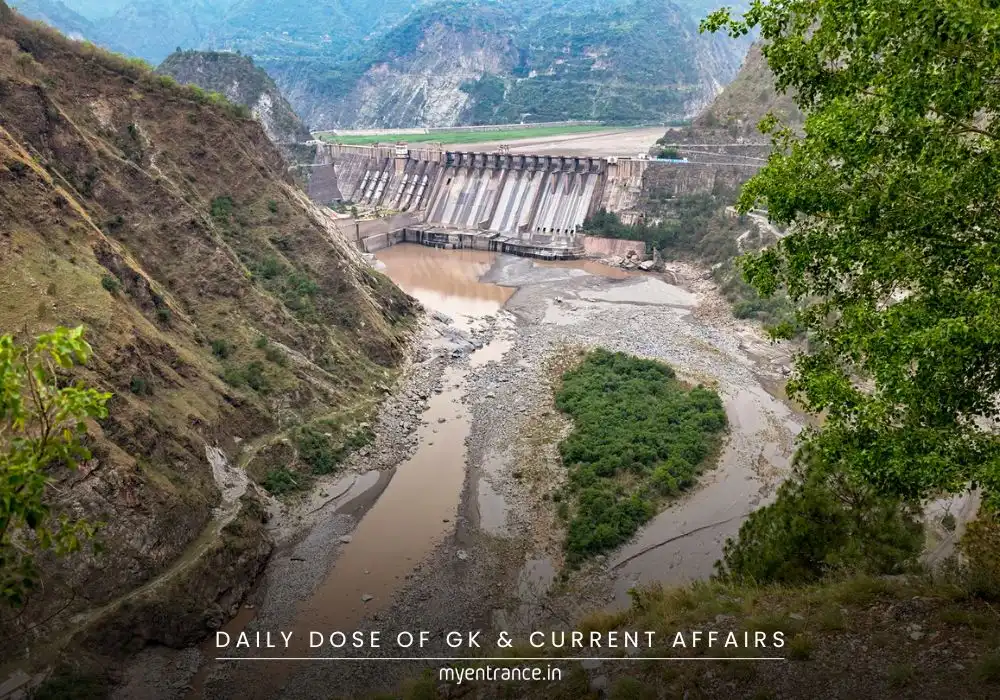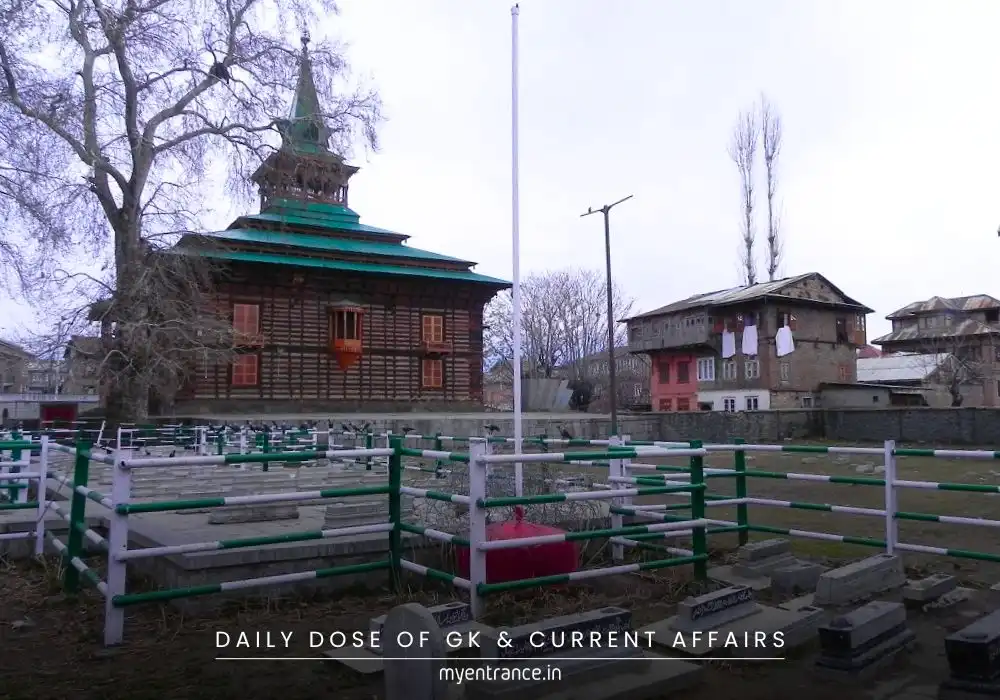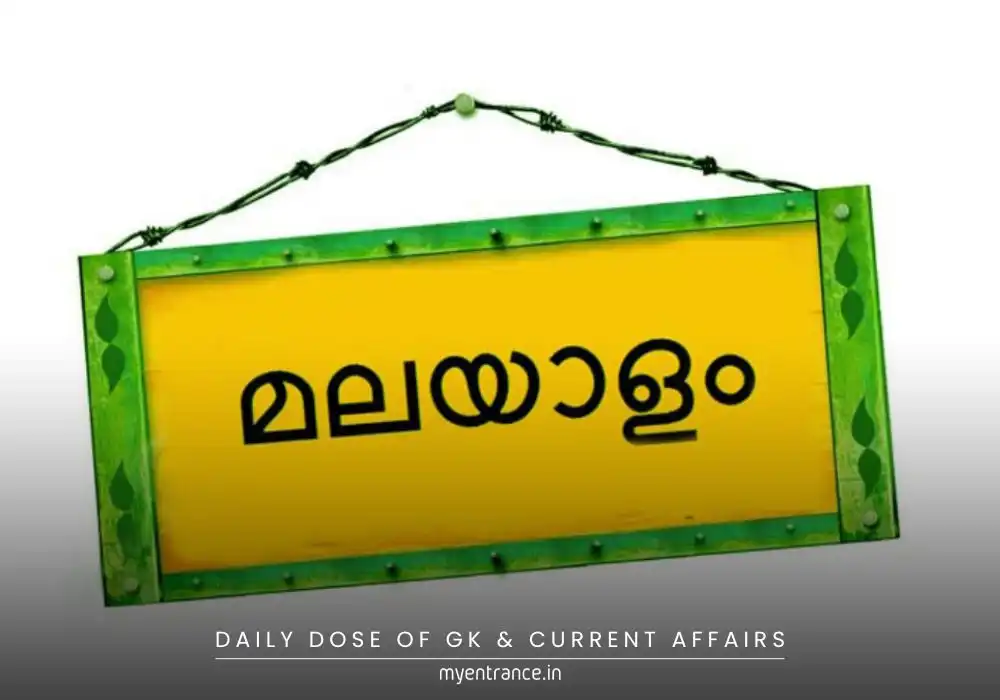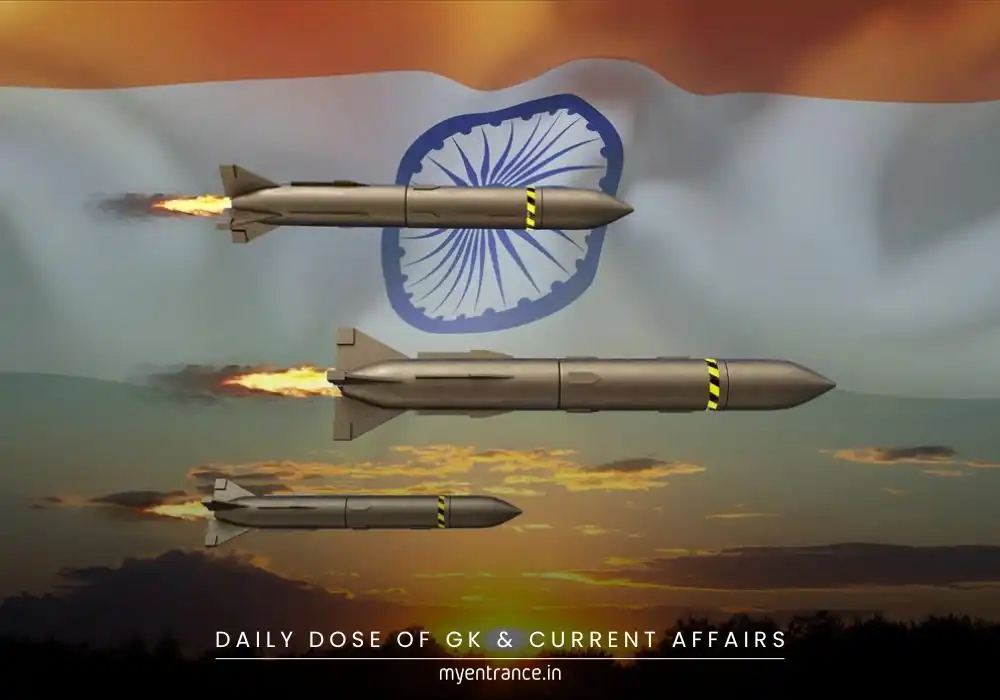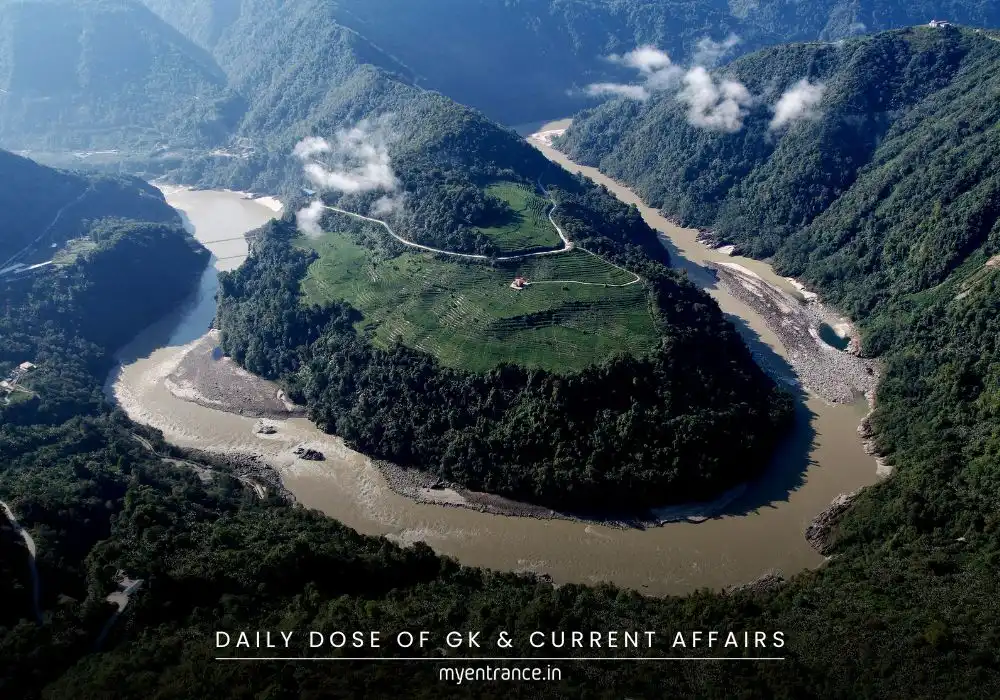Translate Language
Why Did the Government Relax SO2 Emission Norms for Power Plants?
The Union Environment Ministry has introduced a revised framework for thermal power plants to meet sulphur dioxide (SO2) emission norms. While critics call it a regulatory dilution, the government insists the decision is based on scientific evidence, cost-benefit analysis, and sustainability concerns.
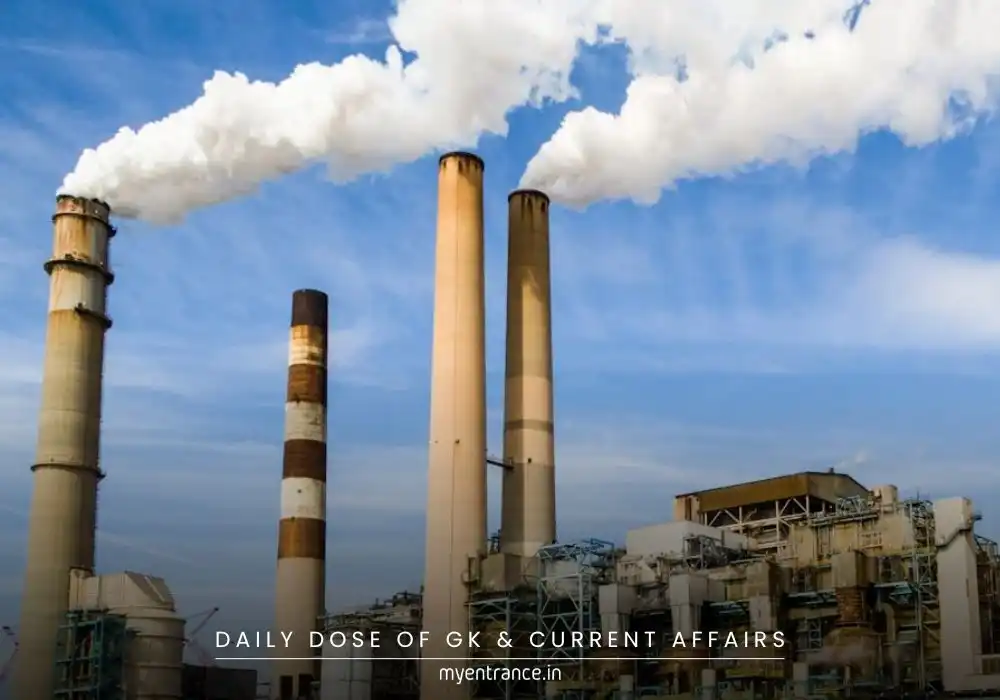
Why Did the Government Revise SO2 Emission Norms?
The government’s latest decision modifies the earlier mandate requiring coal-fired power plants to install Flue Gas Desulphurization (FGD) technology to curb SO2 emissions. Here’s why this change was made:
Limited Impact on Air Quality: Studies by IIT Delhi, NEERI, and CPCB found no significant difference in SO2 levels between cities with FGD-equipped plants and those without.
High Costs, Low Benefits: Retrofitting all 537 identified plants would cost ₹2.54 lakh crore, with minimal improvement in PM2.5 levels (a major air pollutant).
Focus on More Critical Pollutants: The government argues that SO2 contributes little to PM2.5 pollution, and resources should be directed toward more pressing environmental concerns.
Phased Compliance:
Category A (Delhi-NCR & million-plus cities): Must comply by 2027.
Category B (Critically polluted areas): Case-by-case exemptions.
Category C (Other areas): Fully exempt but must follow stack height rules.
Retiring Plants Exempted: Plants shutting down before 2030 need not install FGD but must pay ₹0.40/unit if they operate beyond the deadline.
The government insists this is not a rollback but a strategic, evidence-based policy shift to balance environmental and economic factors.
Sample Questions & Answers (For Competitive Exams)
Q1: What is Flue Gas Desulphurization (FGD)?
A1: FGD is a technology used to remove sulphur dioxide (SO2) from exhaust gases in coal-fired power plants.
Q2: Why did the government exempt some power plants from SO2 norms?
A2: Studies showed minimal impact on air quality, and the high cost (₹2.54 lakh crore) did not justify nationwide FGD installation.
Q3: Which institutions supported the revised SO2 emission norms?
A3: IIT Delhi, NEERI, and CPCB conducted studies backing the decision.
Q4: What are the three categories of power plants under the new norms?
A4:
Category A: Delhi-NCR & million-plus cities (comply by 2027).
Category B: Critically polluted areas (case-by-case exemptions).
Category C: Other areas (fully exempt but must follow stack height rules).
Q5: What penalty applies if exempted plants operate beyond 2030?
A5: They must pay ₹0.40 per unit of electricity generated.
Why Is This Important for Exams?
UPSC/SSC/PSC: Questions on environmental policies, pollution control, and government regulations are common.
KAS/State PSCs: Understanding state vs. central pollution norms is crucial.
General Awareness: Helps in answering current affairs and environmental science sections.
This revision reflects pragmatic policymaking—weighing costs, scientific data, and real-world impact. Whether it’s the right move remains debated, but it’s a key topic for competitive exams.
Get 3 Months Free Access for SSC, PSC, NIFT & NID
Boost your exam prep!
Use offer code WELCOME28 to get 3 months free subscription. Start preparing today!
